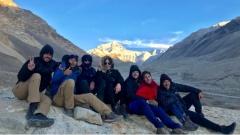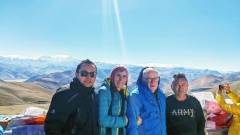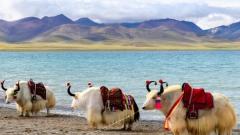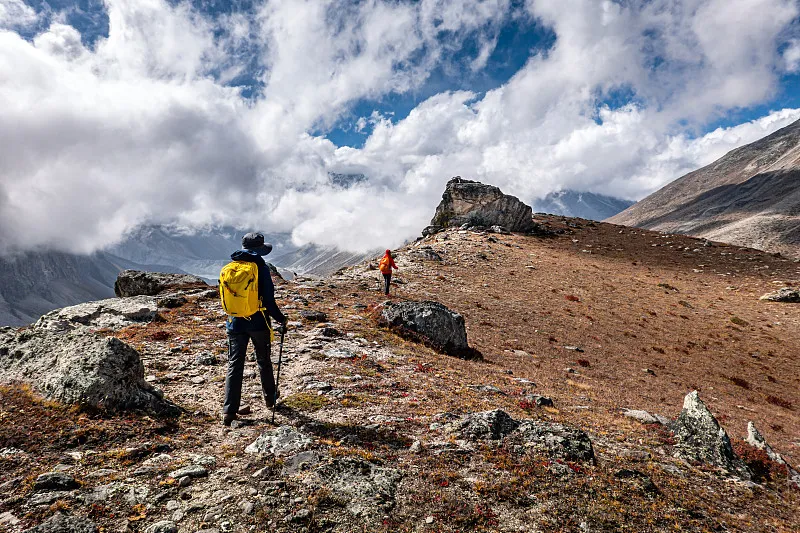Traveling through Tibet is one of the most breathtaking experiences in the world. Snow-capped peaks, vast grasslands, turquoise lakes, and holy monasteries unfold along winding mountain roads. However, many routes in Tibet involve long journeys by car or bus. For some travelers, this raises a common concern: Will I get motion sickness on the road in Tibet? Let’s explore why this may happen and what you can do to prevent and ease it.
Why Long Drives in Tibet May Cause Motion Sickness
-
Mountain Roads with Curves – Many highways in Tibet, especially those heading towards Everest Base Camp, Namtso Lake, or Mount Kailash, feature winding roads with constant turns. This can easily trigger nausea in sensitive travelers.
-
High Altitude Effects – At higher elevations, the body works harder to adjust to lower oxygen levels. Fatigue and mild headaches from altitude can make motion sickness worse.
-
Long Travel Hours – Some destinations require 6–10 hours of driving in a single day. Extended journeys increase the likelihood of discomfort.
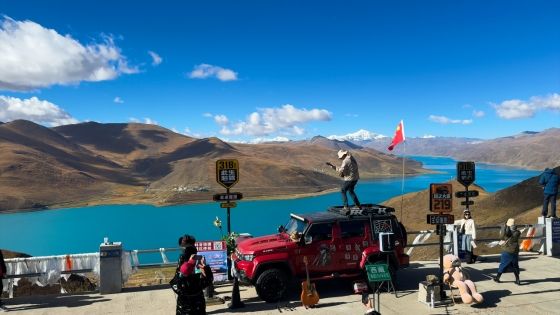
Yamdrok Lake
Common Symptoms to Watch Out For
-
Nausea and vomiting
-
Dizziness or lightheadedness
-
Cold sweat
-
Fatigue or general discomfort
-
In severe cases, combined with altitude sickness symptoms like headache or shortness of breath
Practical Tips to Reduce Motion Sickness in Tibet
-
Choose Your Seat Wisely
-
In a car: Sit in the front passenger seat.
-
In a bus: Choose a seat near the front or middle to feel fewer bumps and curves.
-
-
Take Breaks Along the Way
Tibetan drivers usually allow rest stops for sightseeing, photography, and bathroom breaks. Use these chances to stretch, breathe fresh air, and reset your balance. -
Stay Hydrated and Eat Light
Avoid greasy or spicy food before long drives. Light snacks, ginger candies, or crackers help settle the stomach. -
Use Medication if Necessary
Bring motion sickness tablets (like Dramamine) or anti-nausea patches. If you are prone to severe motion sickness, consult your doctor before the trip. -
Focus Your Eyes Ahead
Looking out at the horizon or focusing on distant mountains helps reduce dizziness. Reading or using your phone during the ride usually makes things worse. -
Adjust Breathing at High Altitude
If you feel uneasy, slow down your breathing. Some travelers bring portable oxygen bottles for reassurance, especially on routes above 4,500 meters.
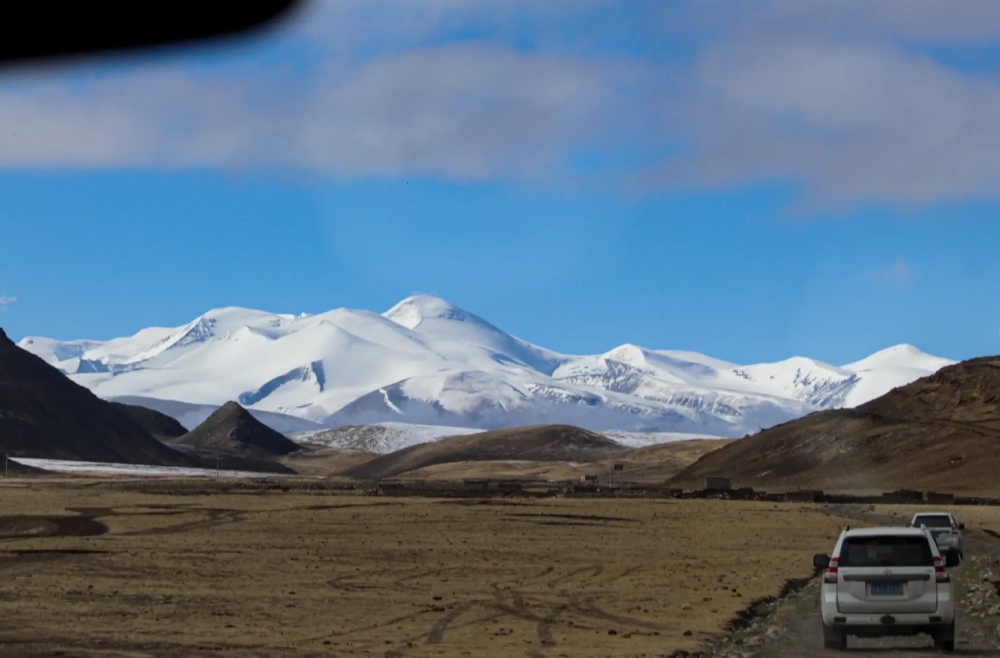
Preparing Before Your Journey
-
Acclimatize in Lhasa First: Spend at least 2–3 days in Lhasa before heading to remote areas. This helps your body adjust to altitude and reduces combined discomfort.
-
Plan Itinerary Smartly: Instead of rushing, consider routes with overnight stops (e.g., Lhasa → Shigatse → EBC). This makes drives shorter and more manageable.
-
Travel in Small Groups: A private or small group tour allows more flexibility in adjusting stops if someone feels unwell.
Conclusion
While long drives are unavoidable in Tibet, they are also part of the adventure. Every winding road brings you closer to awe-inspiring views—whether it’s the glittering Yamdrok Lake, the mighty Himalayas, or the sacred Mount Kailash. Motion sickness may happen, but with good preparation, proper seating, light diet, and rest, most travelers handle it just fine. Don’t let the fear of car sickness hold you back—Tibet’s landscapes are worth every mile.






